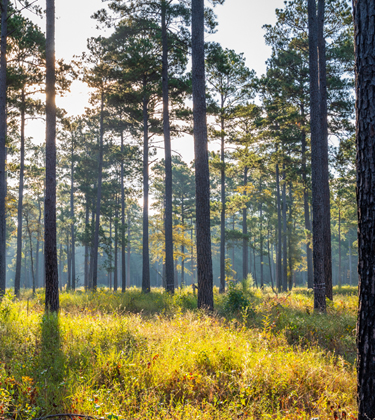
Timberlands Environmental Management
Ensuring a Healthy Forest
Our forest management practices adhere to a combination of legislation, regulation, best management practices, and certification standards. These, combined with our expertise, ensure the health of forest soil, water, vegetation, wildlife, and aquatic habitat.
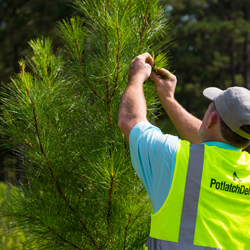
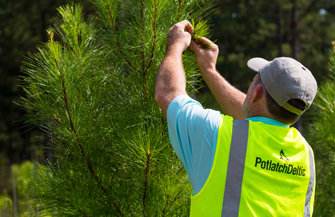
BEST MANAGEMENT PRACTICES
Our timberland management practices are driven by our objectives for sustainable timberland production and for environmental protection. Utilizing our decades of timberland management expertise, we have developed internal Best Management Practices (BMPs) that include regulatory and certification frameworks and provide a consistent, tested means of implementing environmental protection. Our timberland management requirements are used as a proactive approach to maintain the health of forest soil, protect water quality and aquatic habitat, and promote biodiversity. Our foresters implement BMPs as part of our environmental management system during all phases of forest management and across all our timberlands. We require that all contractors implement applicable BMPs during forest management activities on our lands and in our mill supply chains. The BMPs are evaluated in formal studies, field tested, revised, and adapted over time to continuously improve their effectiveness.
Our BMPs are influenced by a wide range of federal, state, and local legislation and regulations. At the federal level, the 1972 Clean Water Act (CWA) and Endangered Species Act of 1973 (ESA) are the primary laws surrounding environmental protection for private working forests. Federal measures are combined with state water quality BMPs that establish standards for logging, road building, reforestation, streamside protection, and other activities. Alabama, Arkansas, Georgia, Louisiana, Mississippi, and South Carolina are among the states that have voluntary BMPs. In Idaho, BMPs are required under the Idaho Forest Practices Act (FPA). Standards and criteria under third-party forest certification programs such as the Sustainable Forestry Initiative® or Forest Stewardship Council® and internal BMPs measure beyond the federal and state requirements to ensure the conservation and proper management of timberlands. BMP implementation monitoring is a requirement of our environmental management system, and we conduct annual internal and external third- party audits of compliance.
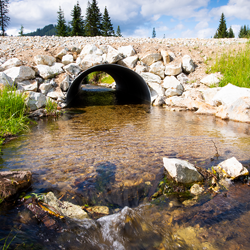
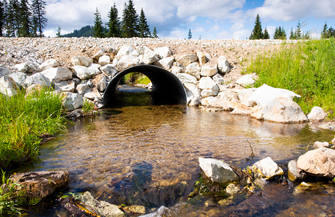
SOIL PRODUCTIVITY
Soil productivity is protected by minimizing soil erosion. Soil erosion results in the loss of nutrient rich topsoil and organic matter, which reduces long term soil productivity.
Through planning and experience, we have improved soil protection and maintenance of site productivity. For example, we utilize log landings in connection with our timber harvesting activities. Log landings are areas near timber harvest locations where freshly cut logs are delimbed, sorted, and loaded onto trucks for transport to mills. To protect the soil and maintain site productivity, we keep landings as flat as possible, design them to occupy as small a footprint as is feasible, and locate them on dry sites. We have also incorporated soil protection measures into our environmental management system for harvesting that include using specialized equipment and logging techniques to spread out the weight of the equipment to minimize soil compaction and maintain site productivity.
In our southern operations, harvesting operations typically utilize a combination of harvesters to cut trees and log moving equipment to transfer the trees to landings for processing and hauling. We match the type of equipment to site conditions to protect the soil such as the use of flotation tires to spread the weight of equipment and reduce ground pressure on wetter soils. Other techniques that protect soils and minimize soil compaction include building a mat of logs upon which the large equipment operates.
In Idaho, we encourage our contractors’ use of equipment that minimizes soil disturbance including the use of new innovations such as winch- assisted logging systems. These systems tether harvesting equipment using cables to stabilize it and virtually eliminate loss of traction and spinning that can loosen soil and accelerate erosion. Extra attention and investment is made in road best management practices, such as using gravel to surface roads that cross creeks, and to minimize sediment.
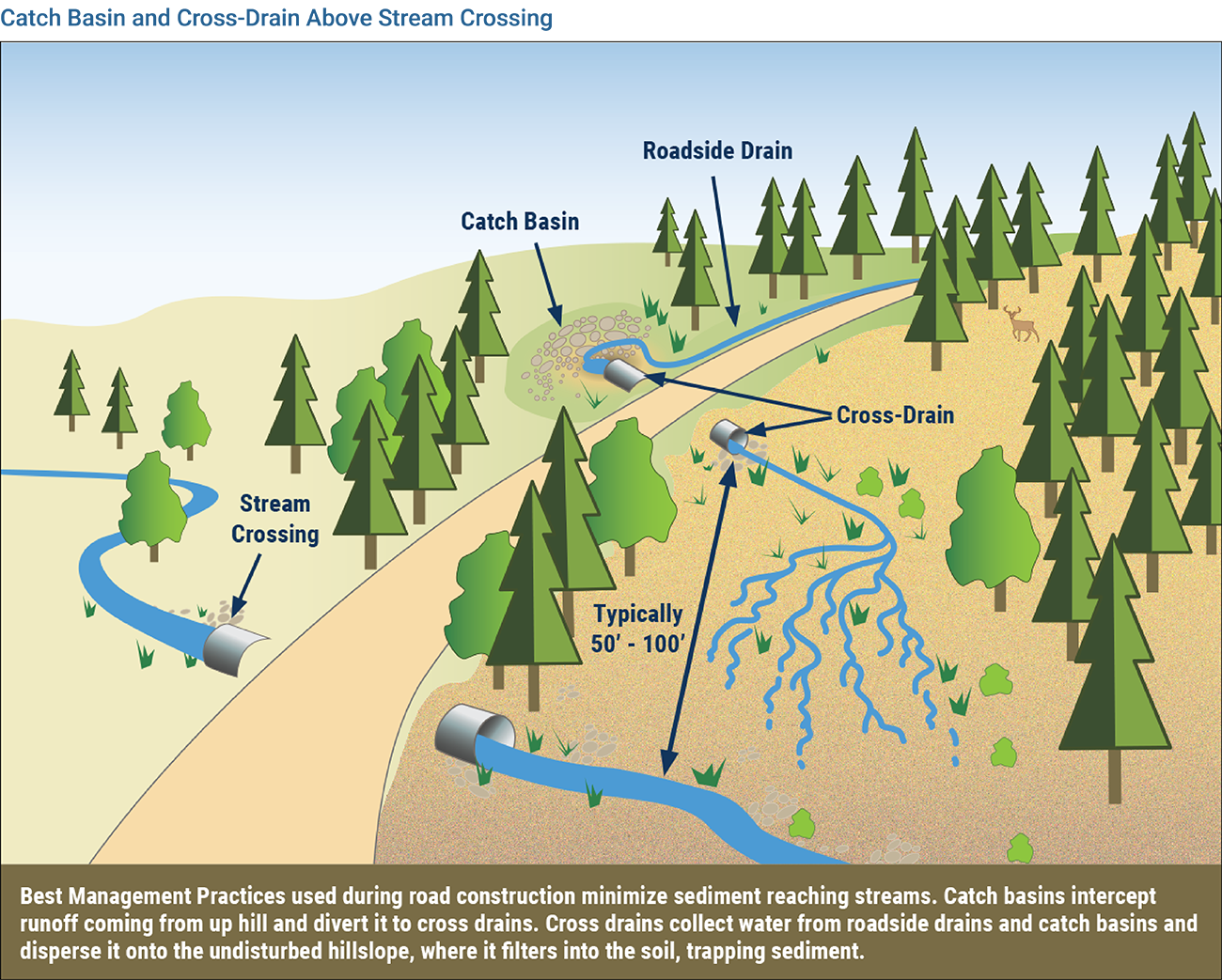

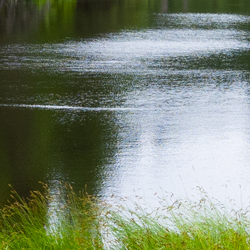

WATER QUALITY
Over 50 percent of the nation’s drinking water originates from forests and timberland owners play an important role in protecting water quality. The role of water quality BMPs is to conserve and protect water quality by minimizing sediment through the filtering ability of natural vegetation and erosion control measures adjacent to water bodies. BMPs include practices such as leaving streamside management zones (SMZs) during harvest, properly designing and constructing logging roads, and using logging methods and equipment that protect water quality.
SMZs are unharvested or lightly harvested buffers that run along the length of streams and are designed to capture runoff and sediment. The SMZs provide significant other benefits, including stabilizing the banks of streams and acting as a source of food for aquatic organisms. By retaining trees alongside the streams, SMZs also shade the water’s surface from direct sunlight and significantly reduce radiative heating, keeping streams cool and clear, a particularly important objective in northern regions where cold-water fisheries are present. Riparian areas are important habitats for wildlife species and SMZs can provide wildlife with favorable habitat and travel corridors.
In addition to SMZs, proper design and construction of logging roads and use of logging methods and equipment that protect water quality are key components of our BMP implementation program in our Environmental Management System. Objectives include preventing surface water from flowing directly into a stream, keeping debris away from drainage zones, and minimizing sediment. Sediment is minimized for harvesting operations through BMPs that are designed to disconnect surface flow in areas where equipment may have exposed soil. Disconnecting is accomplished by building small earthen diversions or placing treetops or “slash” where water may flow, moving it off exposed soils, slowing the runoff, and causing the water to filter into the forest floor, which traps sediment.
Road construction, reconstruction, and maintenance can be a source of sediment that negatively impacts water quality and fisheries’ habitats. Our roads are designed to avoid or minimize stream crossings and to cross streams at right angles. If roads cross streams, we implement BMPs on all crossings to minimize stream sediment. Permanent stream crossings use bridges or culverts and are designed to protect the approaches to crossings from erosion. Proper road drainage is ensured using dips, bridges, and culverts, with an objective to disperse water away from the road and promote filtration into the soil.
The effectiveness of water quality BMPs implemented during harvesting, road building and site preparation has been the focus of numerous scientific studies. The results repeatedly show that the BMPs protect water quality and provide for healthy aquatic habitats supporting fish, aquatic insects, and mussels and clean water for human use and consumption.
Thirty years ago, we established the Mica Creek Experimental Watershed — an area southeast of Coeur d’Alene, Idaho, comprising the 6,672-acre catchments of Mica Creek, a tributary of the St. Joe River. We created this “living laboratory” for one main reason: to conduct a multi-decade study of the effects of contemporary water quality BMPs on stream quality. Conclusions to date show that forest management that adheres to Idaho Forest Practices Act BMPs has little to no adverse effect on streams or aquatic life.
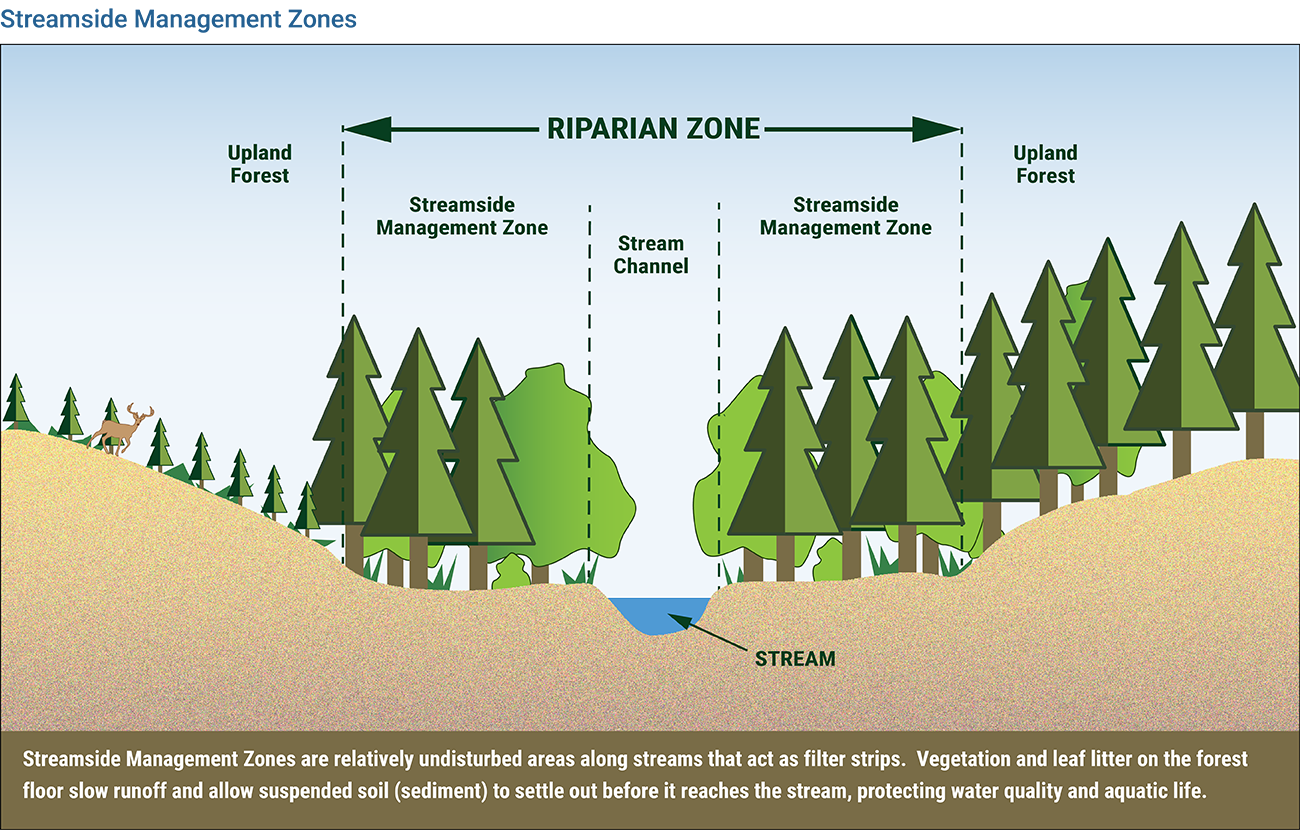

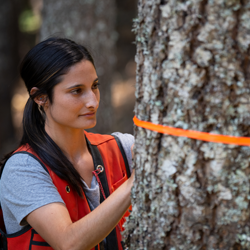
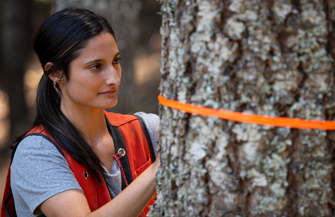
ENVIRONMENTAL MANAGEMENT SYSTEM
PotlatchDeltic utilizes a comprehensive timberland environmental management system (EMS) which focuses on continual improvement in achieving our sustainable forest management objectives. The EMS includes training foresters and contractors, and prescribing, monitoring, and inspecting forest management practices in all our operations. It also includes tracking and incorporating stakeholder feedback on our environmental performance. We conduct internal inspections of EMS implementation, and we have implementation rates averaging 95% or greater. The EMS includes monthly regional reporting and annual Timberland business unit reviews of environmental performance indicators.
The implementation of our EMS ensures that we conduct all our activities to meet or exceed federal, state, and local statutes and regulations for conservation of wildlife and biological diversity and protection of water, fish, and endangered species. In addition, the EMS ensures that we achieve and maintain third-party certification for all our timberlands under either the Forest Stewardship Council or the Sustainable Forestry Initiative standards. Our EMS also covers log sourcing for our wood products facilities from responsible third-party sources under the Sustainable Forestry Initiative Fiber Sourcing standard.
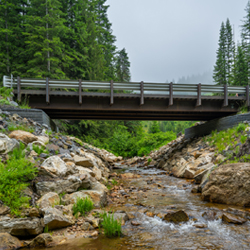
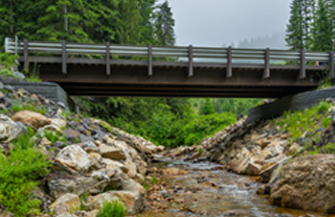
Each year, more than seven million tons of logs travel safely across PotlatchDeltic’s extensive network of forest roads, crossing numerous streams using approximately 39,000 culverts and 100 bridges. Responsibly managed stream crossings are essential to sustainable forestry operations.
LEARN MORE ABOUT USING BRIDGES AND CULVERTS
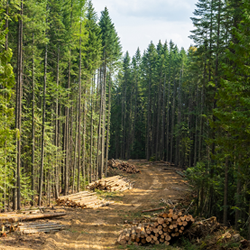
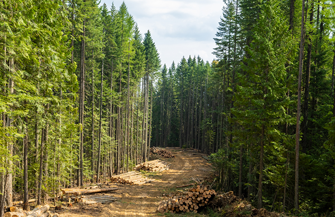
Correctly planning and constructing forest roads is an essential component of our environmental management programs. Roads are designed to manage the traffic load while minimizing environmental impact. We plan road construction using topographical maps, aerial photographs, and soil data to minimize disturbance to forest productivity, water quality, fish, and wildlife habitat.
LEARN MORE ABOUT ROAD CONSTRUCTION


Tethered or winch-assist logging systems are a relatively new technology being utilized on steep terrain and an approach that some of our contract loggers have adopted. In tethered systems, a winch is fitted to the harvester which is then utilized to allow the harvester to access slopes by tying to an anchor point and “climbing” down the side of the slope.
LEARN MORE ABOUT TETHERED LOGGING
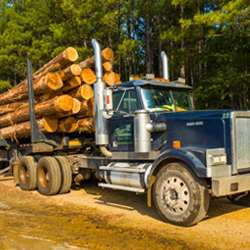
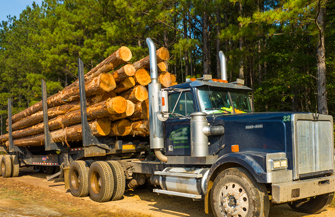
To help ensure that we are operating responsibly on our property, we make sure that our logging contractors are certified and responsible forestry professionals. All contractors must be approved to operate on our lands.
LEARN MORE ABOUT LOGGING CONTRACTORS
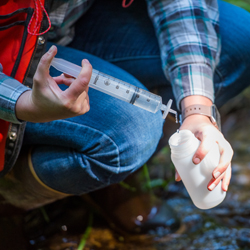

Forests play a crucial role in collecting and filtering the water that countless organisms depend on — including humans. In our planting, harvesting, and road building, we take comprehensive measures to minimize sedimentation and runoff, with the goal of protecting the water quality and aquatic ecosystems.
LEARN MORE ABOUT MICA CREEK
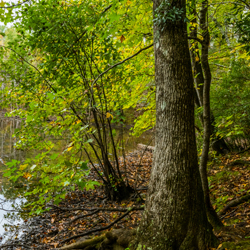
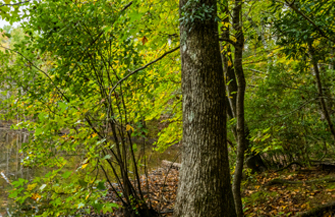
Forestry best management practices (BMPs) are voluntary practices that forestry professionals follow to protect water quality in the areas that they manage. In Georgia and Alabama, BMPs require that the litter layer on top of the soil be left on ephemeral channels when trees are harvested along ephemerals.
LEARN MORE ABOUT HARDWOOD SMZs
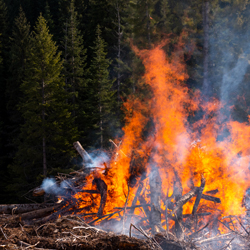

Fire is an important forest management tool for removing post-logging woody debris known as slash and to help prepare sites for replanting. Low-intensity ground fires can be used to control vegetation, while bark provides thermal insulation from the fire for overstory trees. The seeds of some plants will only break dormancy when signaled by smoke and charred plant matter, while others may only flower after a fire.
LEARN MORE ABOUT USING FIRE
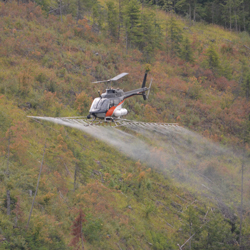
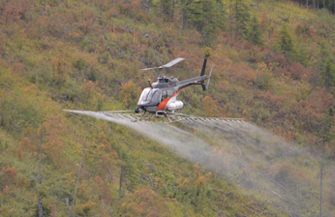
Chemicals used in our forest management include herbicides to manage weeds or competing vegetation in order to allow seedlings to survive and grow and return the treated area to a forest as rapidly as possible.
LEARN MORE ABOUT USE OF HERBICIDES




